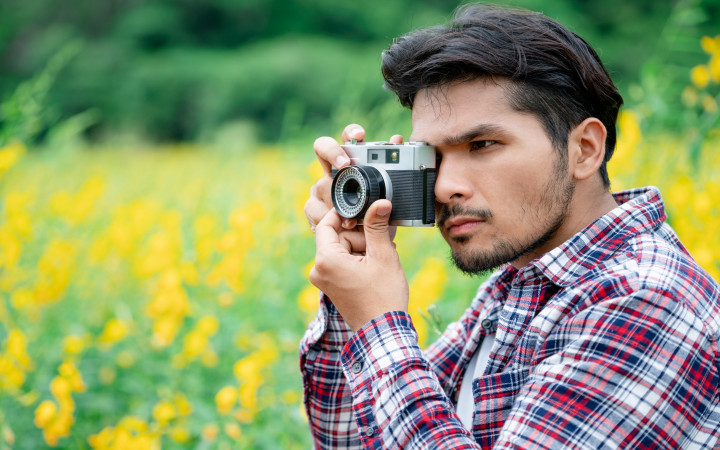Today’s Wonder of the Day was inspired by asher. asher Wonders, “What exactly is a bokeh?” Thanks for WONDERing with us, asher!
If you’ve been WONDERing with us for a while, you may have learned a thing or two about photography. Maybe you’ve read about darkrooms and red eyes. You may even know all about pinhole cameras! But have you ever heard of bokeh?
The term “bokeh” comes from the Japanese word “boke,” which means “blur” in English. And that’s just what bokeh refers to. It’s the quality of the blurry parts of a photograph.
You might be asking yourself why a photographer would want a blurry photograph. After all, isn’t being able to see what’s in the picture the whole point? That’s true! But photographers use blur strategically. Often, a blurry background can make the focus objects stand out.
So, what are the qualities of good bokeh? A blurred background that appears smooth is preferred over one full of hard edges. Ideally, light will appear as circles or hexagons, depending on the lens used. While the background is an important part of any photo, it shouldn’t distract from the subject of the picture.
Are you an aspiring photographer yourself? If so, you may be WONDERing how to create the perfect bokeh effect in your own work. Much of it depends on the lens you’re using. Experts recommend a fast lens that allows for very low aperture settings.
The best bokeh shots also require an interesting background. While this part of the photo will be blurry, it looks better when a variety of colors and lights are included. It’s also important to make sure the subject of the photo is well-lit.
Many photographers claim the secret to good bokeh is finding the right distance. It helps to leave plenty of space between the subject and the background. On the other hand, it’s best for the photograph to be rather close to the subject.
Do you need an advanced camera to achieve good bokeh? Not necessarily. While many experts use quality cameras and lenses, blurring is also possible using the camera on many smartphones. Options like “portrait mode” can help you achieve a blurry background. Some apps can also help.
Can you think of any examples of good bokeh in photographs you’ve seen? What other effects would you like to learn more about? There’s no shortage of techniques for capturing images of the world around us!
Standards: CCRA.R.1, CCRA.R.2, CCRA.R.4, CCRA.R.10, CCRA.W.2, CCRA.W.4, CCRA.W.9, CCRA.L.1, CCRA.L.2, CCRA.L.3, CCRA.L.6, CCRA.SL.1




